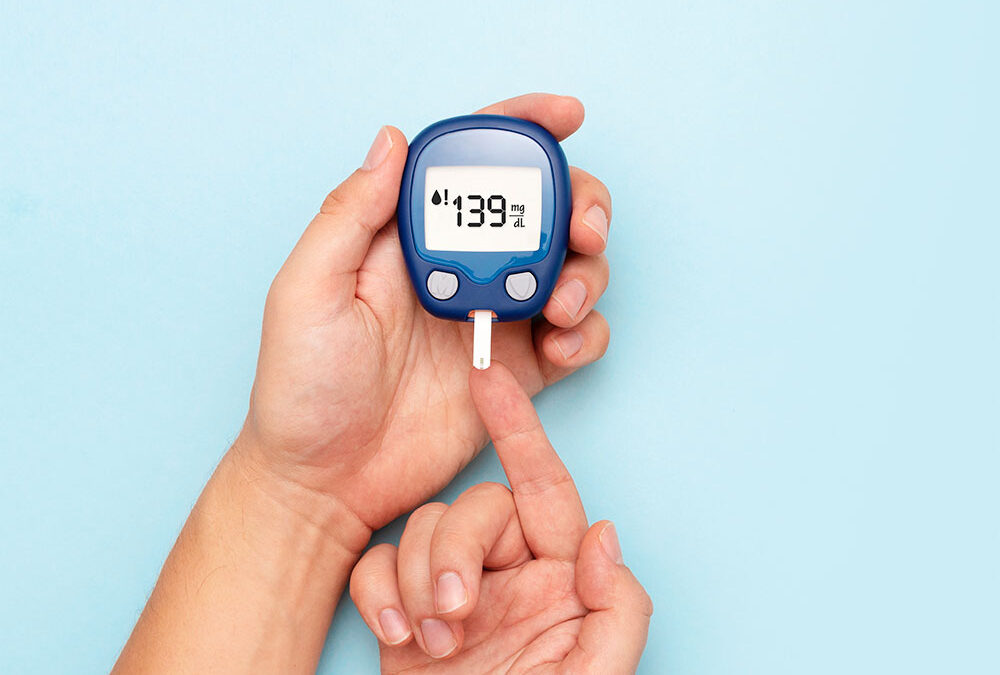Loose teeth are common in children when baby teeth naturally fall out to make way for permanent teeth. However, when teeth become loose in adulthood, it can indicate a severe underlying problem. If you notice a tooth starting to wobble, it’s essential to act quickly to identify the cause and seek treatment before the situation worsens.
Why Do Teeth Become Loose?
Adult teeth can last a lifetime, held firmly in place by a bone, ligaments, and gum tissue network. When a tooth becomes loose, it’s often a sign that something has disrupted the health of these supporting structures. A loose tooth can range from slightly mobile to significantly unsafe and may be accompanied by pain, swelling, or bleeding gums.
Below are the most common causes of loose teeth in adults:
Gum Disease or Periodontal Disease: Gum disease a leading cause of loose teeth in adults. It begins with gingivitis, the first stage of gum disease which leads to gums that are swollen, red, and bleed. When gingivitis isn’t treated, it can advance to periodontitis which is a more serious condition that affects the gums, bone, and connective tissues that hold your teeth in place.
In advanced periodontitis, bacteria cause the damage of ligaments and bone that support the teeth, leading to tooth mobility and even tooth loss. Signs of gum disease include:
- Red, swollen, or tender gums
- Receding gums (pulling away from the teeth)
- Persistent bad breath
- Bleeding gums, especially when brushing or flossing
- Pus around the teeth or gums
Trauma or Injury: Trauma or a physical blow to the mouth can cause teeth to become loose. This could happen during an accident, sports injury, or even from biting down on something hard. When trauma occurs, the ligaments and bone around the tooth can become damaged, resulting in looseness. In some cases, immediate treatment can help save the tooth, but severe injuries may require dental intervention, such as splinting (securing the tooth to adjacent teeth) or other restorative measures.
Bruxism (Teeth Grinding): Bruxism, or the chronic clenching and grinding of your teeth will put excessive pressure on your teeth and the surrounding structures. With time, this pressure can weaken the bones and ligaments that support your teeth, causing them to become loose. Many people grind their teeth at night while sleeping, making bruxism difficult to detect. Symptoms of bruxism include:
- Worn, flattened, or chipped teeth
- Jaw pain or tightness
- Frequent headaches, especially upon waking
- Tooth Sensitivity
If left untreated, bruxism can lead to loose teeth and other dental issues, such as cracked teeth or TMJ (temporomandibular joint) disorders.
Osteoporosis: Osteoporosis causes weak and brittle bones. While it primarily affects the bones in the hips, spine, and wrists, it can also impact the jawbone that supports your teeth. When the jawbone weakens, it can no longer provide the necessary support to keep teeth firmly in place, leading to looseness or even tooth loss.
Pregnancy Hormones: Hormonal changes during pregnancy can affect many parts of the body, including the mouth. Increased progesterone and estrogen levels can impact the ligaments and bones that support the teeth, making them feel looser. While this condition is usually temporary and resolves after pregnancy, it’s still essential for pregnant women to maintain excellent oral hygiene to prevent gum disease, which could worsen the issue.
Infection: An infection in the mouth, such as a dental abscess or untreated tooth decay, can cause damage and inflammation to the nearby tissues and bone, leading to a loose tooth. Infections can develop when bacteria enter the tooth or gums, often due to poor oral hygiene, untreated cavities, or advanced gum disease. Symptoms of a dental infection include:
- Severe tooth pain
- Swelling in the face or gums
- Fever or general malaise
- Pus or discharge from the affected area
An infection requires prompt treatment to prevent the spread of bacteria and further damage to the teeth and gums.
Poor Oral Hygiene: Consistently poor oral hygiene can lead to a buildup of dental plaque. Over time, the dental plaque hardens into tartar or calculus, which irritates the gums and can cause gum disease. If oral hygiene is neglected for too long, gum disease can progress, causing the loss of the bone and tissues that support the teeth, ultimately resulting in loose teeth.
Brushing your teeth twice daily, flossing at least once daily, and visiting your dental professional regularly for professional cleanings are critical for preventing gum disease and loose teeth.
Smoking: Smoking is a huge risk factor for gum disease and loose teeth. Frequent smoking also weakens your immune system, making it harder for your body to deal with infections, including those in the gums. Regular smokers are more likely to experience slower healing, which can lead to the loss of teeth over time. Smoking also restricts blood flow to the gums, further compromising their health.
What to Do If You Have a Loose Tooth
If you notice a tooth becoming loose, it’s essential to seek dental care ASAP. Delaying treatment can worsen the problem, potentially leading to spread of infection or tooth loss. Here are some steps you can take if you have a loose tooth:
See Your Dentist: Your dentist will determine the cause of the loose tooth and recommend relevant treatment. Depending on the underlying issue, treatments may include:
Scaling & root planing: A deep dental cleaning procedure to remove dental plaque and tartar from below the gumline, helping to treat gum disease.
Splinting: The loose tooth may be bonded to adjacent teeth to stabilize it while the surrounding bone and ligaments heal.
Medications: Antibiotics or antimicrobial treatments may be prescribed to control infection or gum disease.
Surgery: In severe cases, surgical treatment may be needed to regenerate lost bone or treat advanced gum disease.
Maintain Good Oral Hygiene: Brush your teeth at least twice daily with fluoride toothpaste, floss daily, and use an antibacterial mouthwash to help prevent gum disease and reduce the risk of further loosening.
Address Underlying Conditions: If your loose tooth is due to bruxism, osteoporosis, or another health condition, it’s important to address these underlying issues. Wearing a nightguard for bruxism or managing osteoporosis with medication can help protect your teeth and jawbone.
If you’re experiencing a loose tooth, contact your dentist as soon as possible to determine the cause and receive appropriate treatment. Maintaining good oral hygiene and addressing any underlying health issues will help keep your teeth healthy and firmly in place for years to come. Contact us to learn more or to schedule a consultation.





